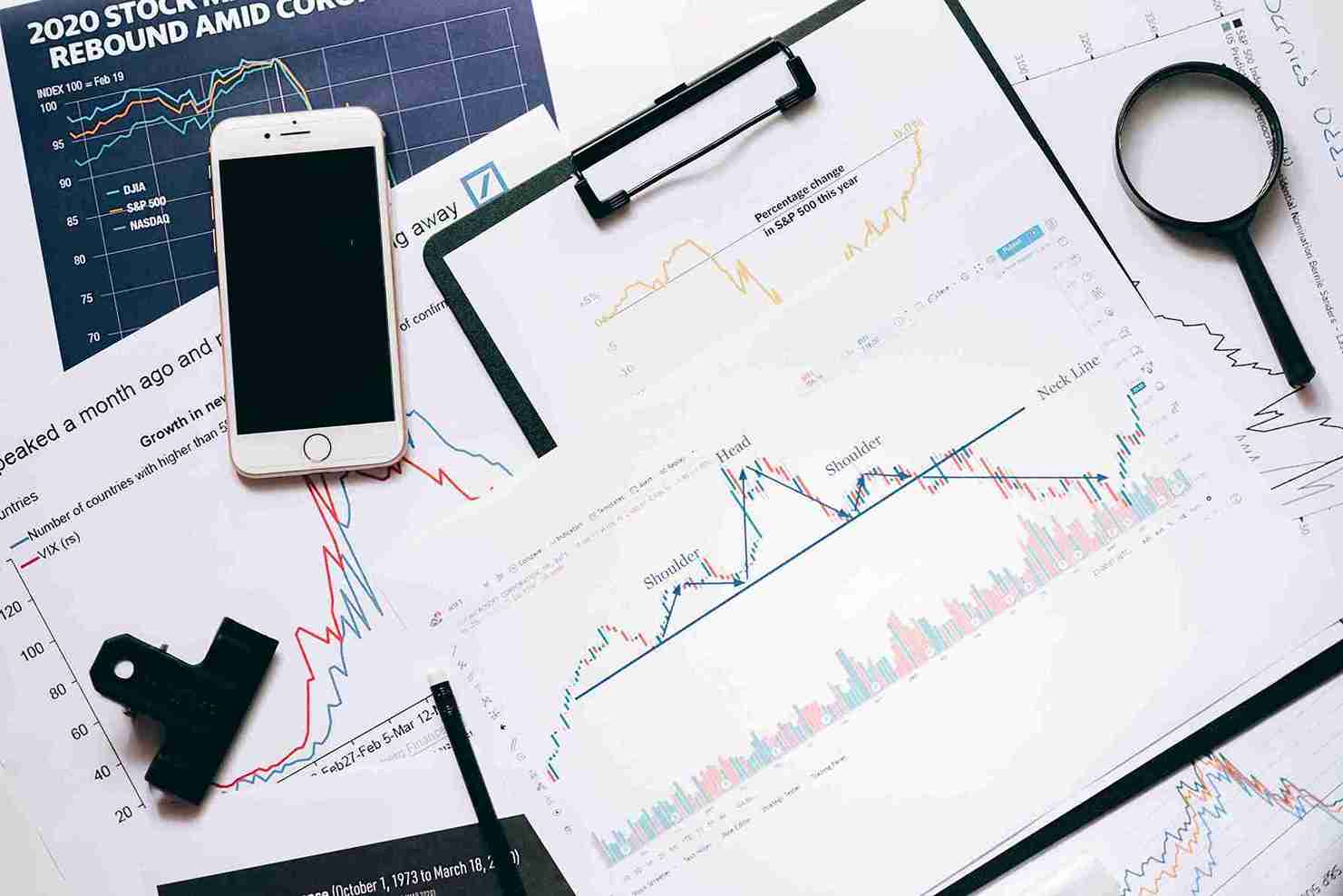What is CPR in Trading

If you are new to trading and technical analysis, you might have heard about CPR but lack clarity on what it is. Well, we have got you covered. Central Pivot Range (CPR) is one of the powerful tools and key indicators in technical analysis that helps in identifying potential resistance and support levels in a particular trading session.
Here in this blog, we will study CPR in trading in greater detail, how you can calculate it, and ways to interpret it. Having a thorough understanding of this would help you derive valuable insights into potential trends and the overall market sentiment. Read along!
Understanding CPR in Trading
- Central Pivot Range (CPR) is a crucial tool in technical analysis. It determines the level of resistance and support based on the previous day's price chart.
- Traders use this tool in intraday trading to take up trading positions depending on various price levels.
- The CPR indicator consists of three levels: the pivot point, the top central pivot point, and the bottom central pivot point.
How to Calculate CPR in Trading
Here's how you can calculate the Central Pivot Range.
To determine the CPR, the trader would have to chart three key price levels using a set of formulae. It is based on the lowest, highest, and closing prices of a stock on the previous trading day. By analysing these levels from the previous day, the trader can predict the potential price movements of the stock for the next trading session.
Here are the formulae for calculating the three levels of CPR, which are as follows:
- Pivot Point = (High + Low + Close) / 3
- Top Central Pivot Point (TC) = (Pivot – BC) + Pivot
- Bottom Central Pivot Point (BC) = (High + Low) / 2
How to Interpret CPR in Trading
The CPR offers valuable insights and a unique perspective on potential trends and overall market sentiment.
Here is how you can interpret the Central Pivot Range and understand the CPR strategy:
-
Virgin CPR
A CPR is considered “Virgin” when the price of the company’s stock does not cross any of its CPR lines. If the price of the stock fails to reach its CPR range on the previous day, there is a 40% chance that it will not break this range the next day.
The virgin CPR can act as strong support or resistance, depending on current market conditions.
-
Price Trading Above Top Central Level
If the current market price of the stock moves above the top central level, it indicates an uptrend, which is an ideal time for traders to place buy orders. In this case, the CPR acts as a support level.
-
Price Trading Below Bottom Central Level
If the current market price is below the bottom central level, it indicates a downtrend, which is the best time for traders to place their sell orders. Here, the central pivot range acts as a level of resistance.
-
Price Trading Within CPR Lines
When the current market price of a stock is within the CPR lines, it typically signals an accumulation phase. Moreover, when the price fluctuates within the CPR range, traders may watch for a breakout with an increase in volume above the top central level. However, if the CPR has a broader range, the best strategy may be to buy at the upper central pivot point.
The Bottomline
To wrap up, CPR in trading is a technical analysis indicator that is used to forecast the level of resistance and support based on the previous day's price chart.
By integrating CPR into your trading strategy and accurately interpreting it, you can get valuable insights into the price movements of a stock.
Whether you are a newbie or an experienced trader, having a clear understanding of the Central Pivot Range can help you trade with confidence and precision.
|
You may also be interested to know |
|
|
1. |
Top 5 Technical Analysis Tools for the Stock Market |
|
2. |
Best Intraday Trading Strategies |
|
3. |
How to Read Stock Charts |
|
4. |
How to Benefit from Price Action Trading Strategies |
|
5. |
How to do Trend Analysis |